
Sustainability Efforts
Country: Haiti
Explore sustainability efforts in Haiti. The United States Environmental Protection Agency (“EPA”) said it well when they state:
“Sustainability is based on a simple principle: Everything that we need for our survival and well-being depends, either directly or indirectly, on our natural environment. To pursue sustainability is to create and maintain the conditions under which humans and nature can exist in productive harmony to support present and future generations.”
About Haiti
Haiti, located in the Caribbean, is a country known for its vibrant culture, history, and natural beauty. It was the first independent nation in Latin America and the Caribbean, born out of a successful slave rebellion. Haiti faces various challenges, including poverty, political instability, and natural disasters such as hurricanes and earthquakes. However, the country has a rich cultural heritage, with influences from African, French, and Indigenous traditions. Haiti’s economy is primarily based on agriculture, with coffee, mangoes, and sugarcane being important exports. Efforts are being made to promote sustainable development, improve infrastructure, and enhance education and healthcare systems. Sustainability efforts in Haiti will enhance the country’s future.
Sustainability Efforts
Toggle each button below to “open” and “close” the presented data.

Poverty: Haiti, recognized as the poorest country in the Western Hemisphere, has seen a significant chunk of its population living under the poverty line. However, international efforts, such as those by the World Bank, have targeted improving living conditions. Between 2000 and 2012, the national poverty rate declined from 58.5% to 24.7%, showing that focused efforts can bring change.

Hunger: Despite its challenges, Haiti is making strides to address hunger. International organizations and non-profits, such as the World Food Program (WFP), have been actively supporting national endeavors, providing meals in schools, and supplying food to the most vulnerable segments of the population.

Healthcare: Haiti has been historically burdened with health crises, from cholera outbreaks to natural disasters affecting medical infrastructure. Nevertheless, international partnerships have resulted in tangible improvements, with vaccination campaigns targeting deadly diseases and ongoing efforts to rebuild and improve healthcare facilities.
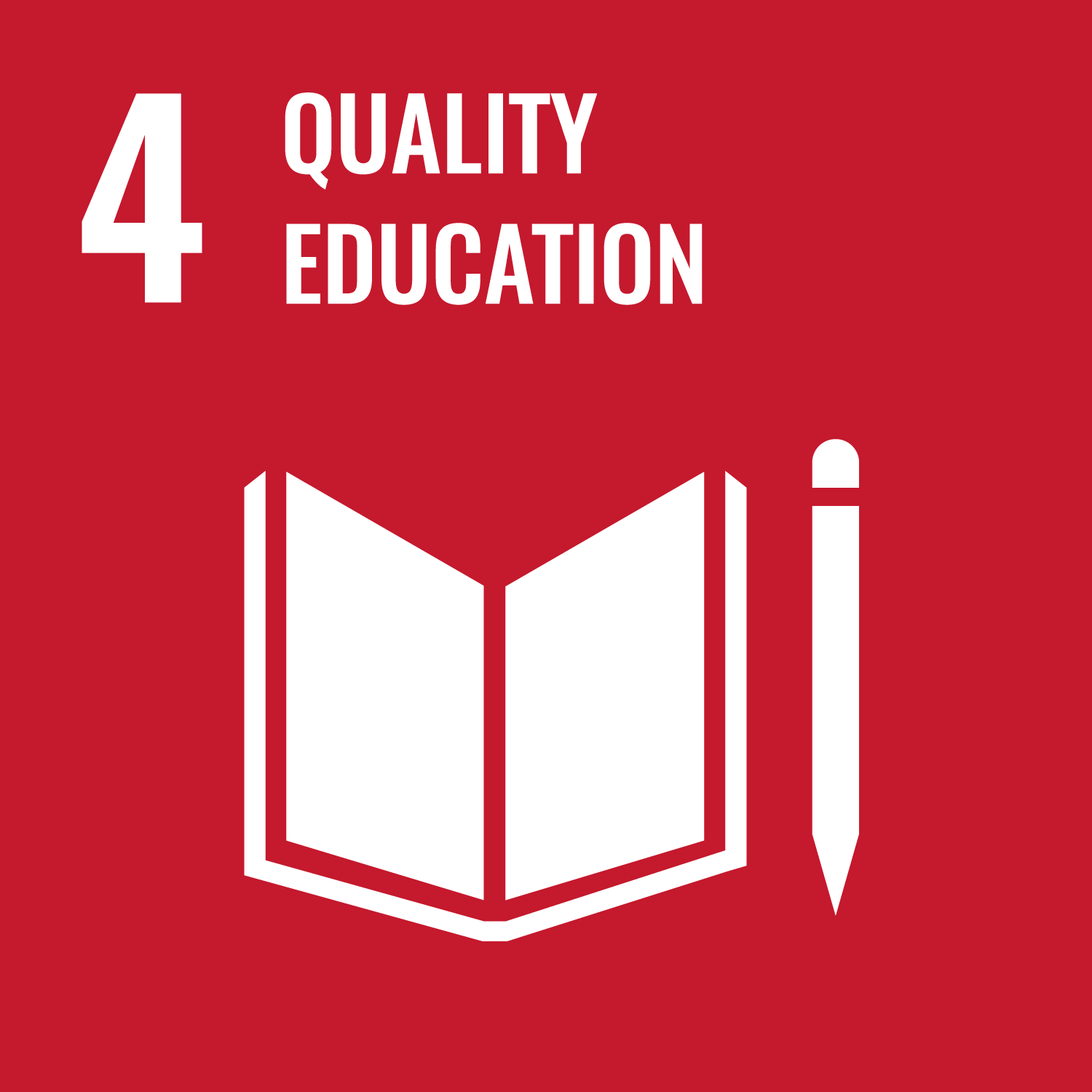
Education: The Haitian government, in conjunction with NGOs, has placed a focus on rebuilding schools and promoting education. Programs like the USAID's Read project have been pivotal in enhancing literacy rates among primary school children.

Gender Equality: While there is still a long road ahead, Haiti has made significant steps towards gender equality. Organizations such as the Ministry for the Status of Women and Women's Rights advocate for female participation in all sectors, emphasizing empowerment and addressing gender-based violence.

Clean Water Sanitation: Access to clean water remains a challenge. Yet, with the support of international organizations, Haiti has been working to improve its sanitation infrastructure, reducing the risk of water-borne diseases, and ensuring more households have access to potable water.
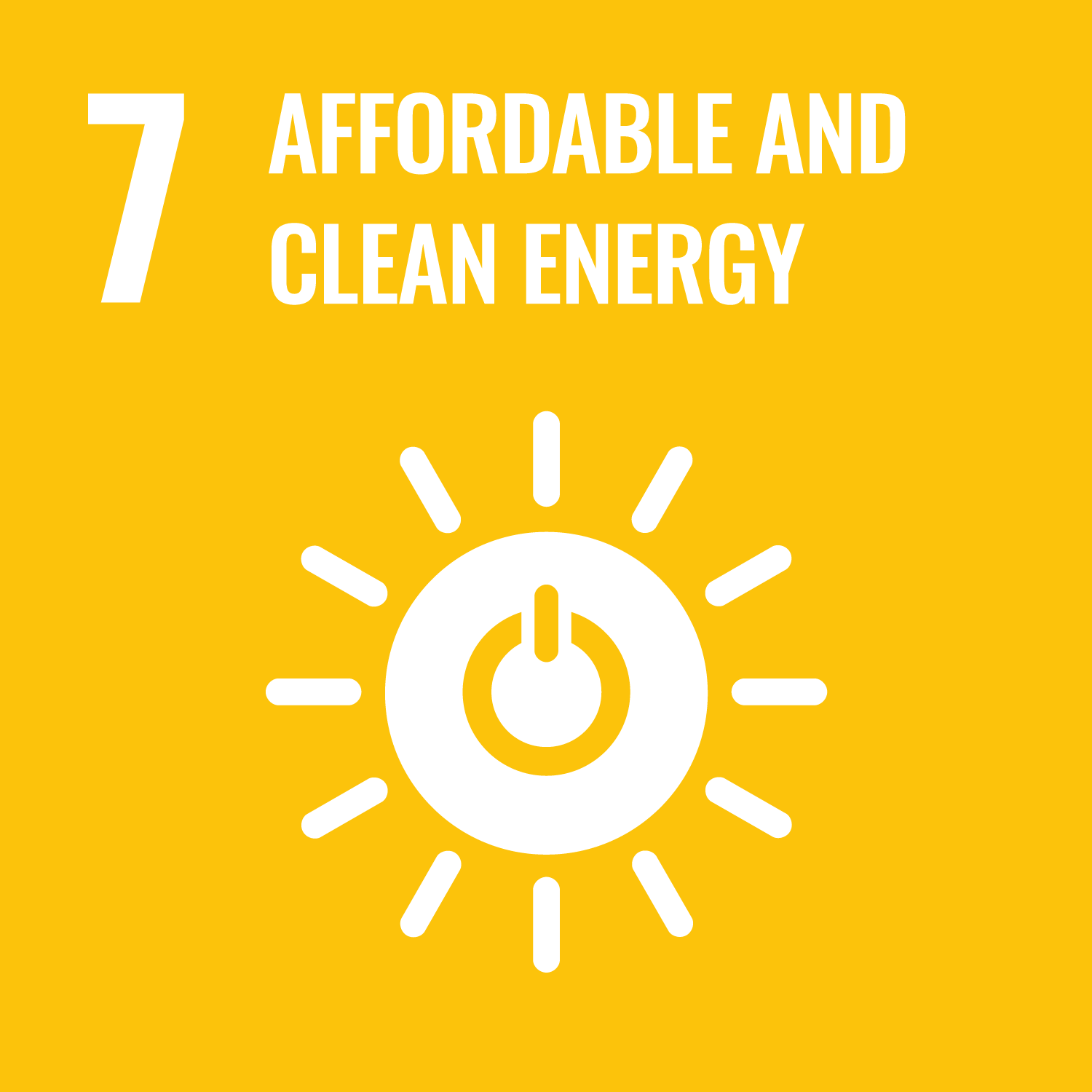
Affordable Clean Energy: While most of the Haitian population remains without consistent electricity, solar power initiatives are gaining traction. Organizations like Earth Spark International are focusing on expanding clean energy through microgrids and solar kits.
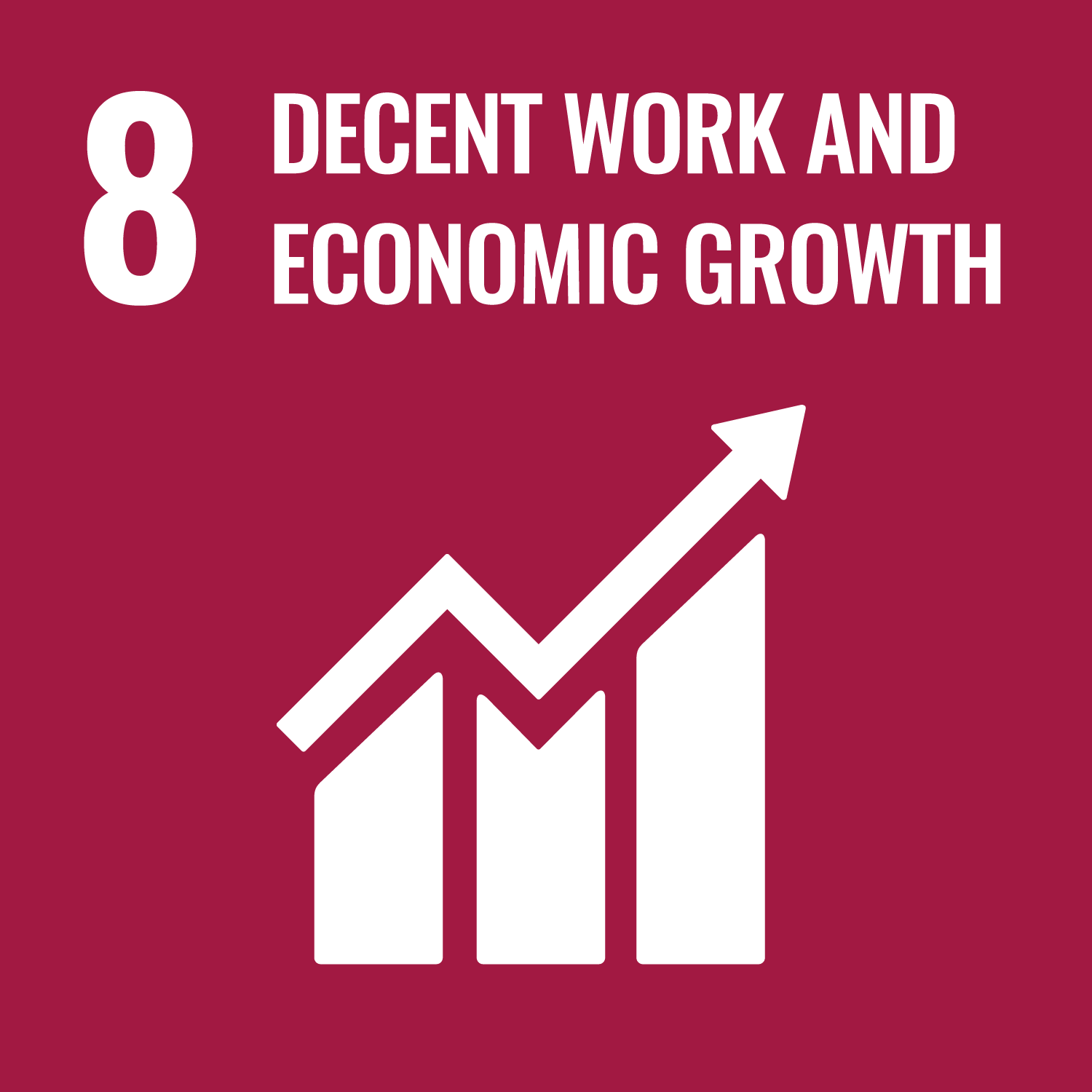
Economic Growth: Beyond remittances, Haiti is looking to revitalize its agricultural sector and promote sustainable tourism as avenues for economic growth, aiming to reduce dependency on foreign aid in the long run.
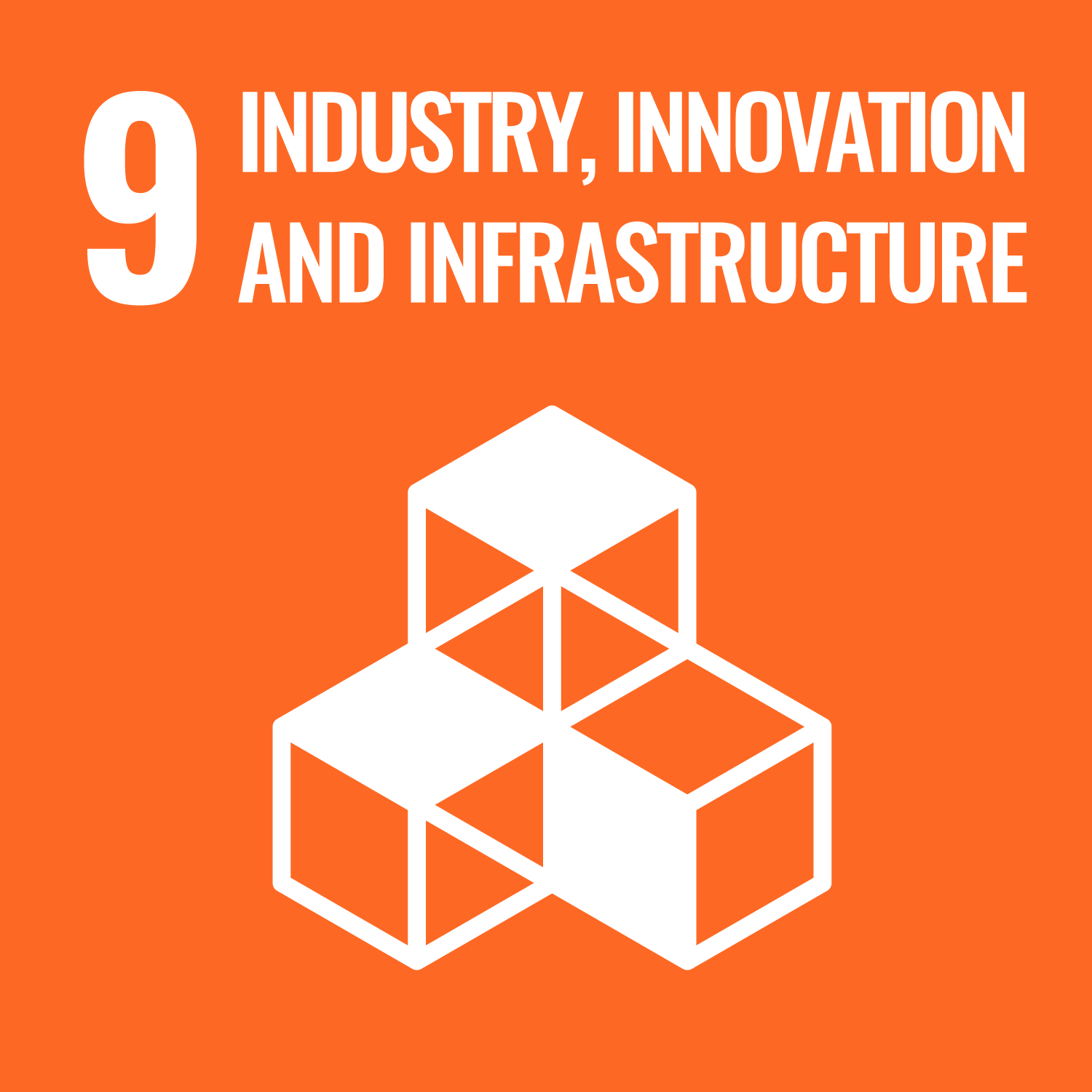
Industry Innovation: The emphasis has been on rebuilding stronger and better. There are endeavors to boost the domestic textile industry and to encourage entrepreneurship, especially among the youth.

Reduced Inequalities: National and international programs focus on infrastructure development and economic opportunities in rural areas, aiming to reduce the disparity between urban and rural populations.

Sustainable Cities: Post the devastating 2010 earthquake, urban planning in Port-au-Prince and other cities is increasingly focusing on sustainability and resilience against natural disasters.

Responsible Consumption and Production: Haiti's focus remains on sustainable agricultural practices, emphasizing organic farming and reducing the dependency on harmful pesticides and fertilizers.

Climate Action: Recognizing its vulnerability to climate change, Haiti has been participating in reforestation efforts and coastal protection projects to mitigate the impacts of rising sea levels and increasing hurricane frequencies.

Aquatic Environment: Efforts to protect Haiti's marine ecosystems are in place, with marine conservation zones established to preserve its rich biodiversity and promote sustainable fishing practices.
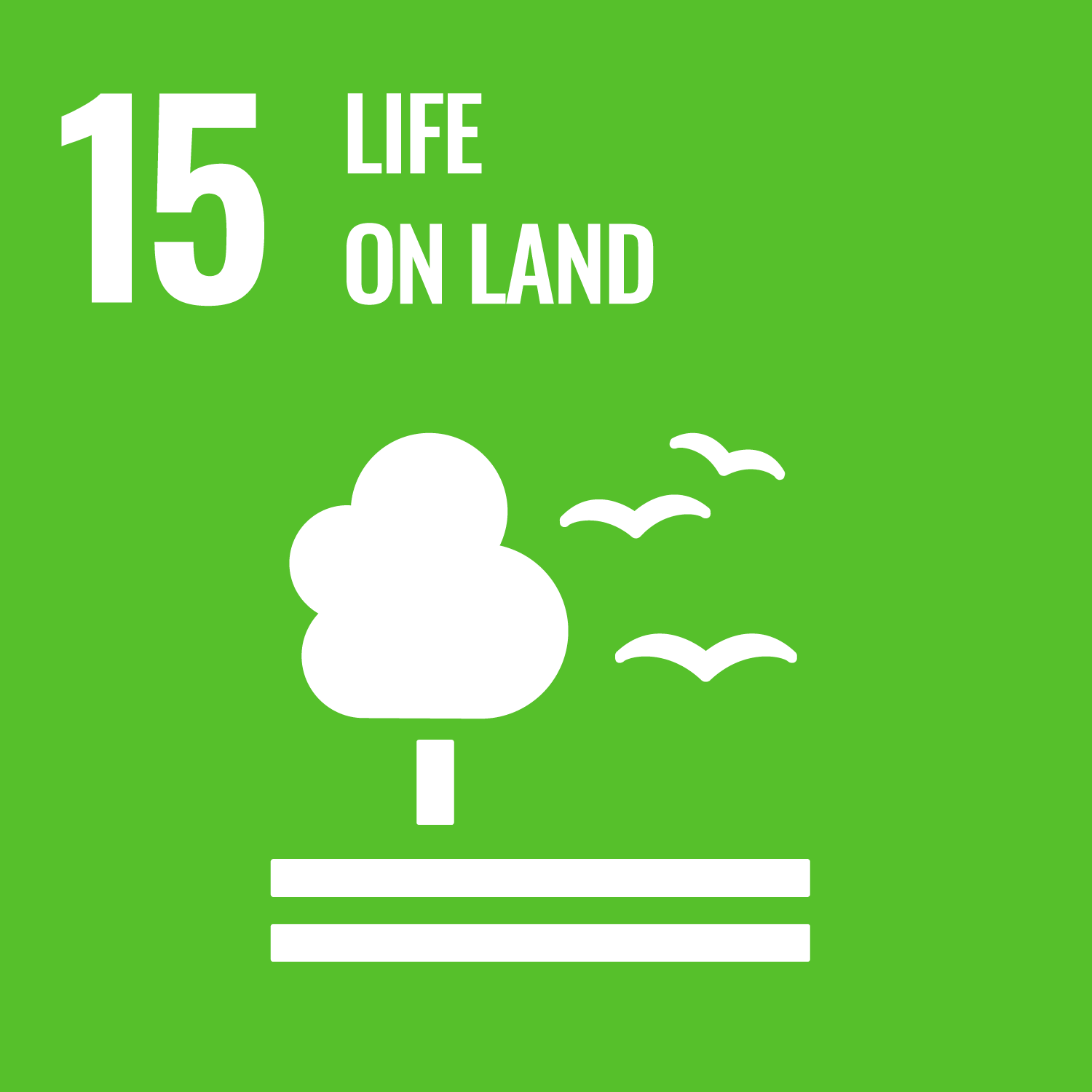
Natural Environment: Despite challenges, national parks and protected areas are established to conserve Haiti's unique flora and fauna. Projects like "Planting for Haiti" aim to combat deforestation and restore the nation's green cover.

Peace and Justice: In a bid to establish a stable environment, international organizations like the UN have been working closely with the Haitian government to reinforce the rule of law, strengthen institutions, and ensure a sense of safety and justice prevails.

Partnerships to achieve the Goal: Collaboration remains the backbone of Haiti's progress. The country works closely with international bodies, NGOs, and neighboring countries to share knowledge, resources, and strategies to achieve these sustainability goals.



